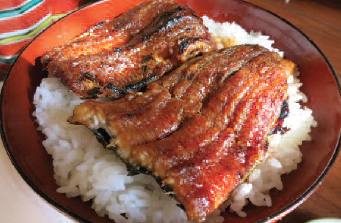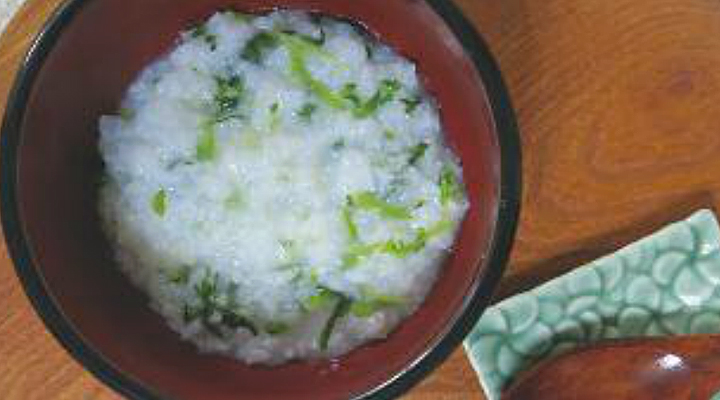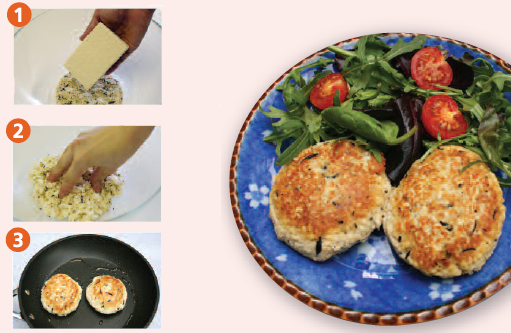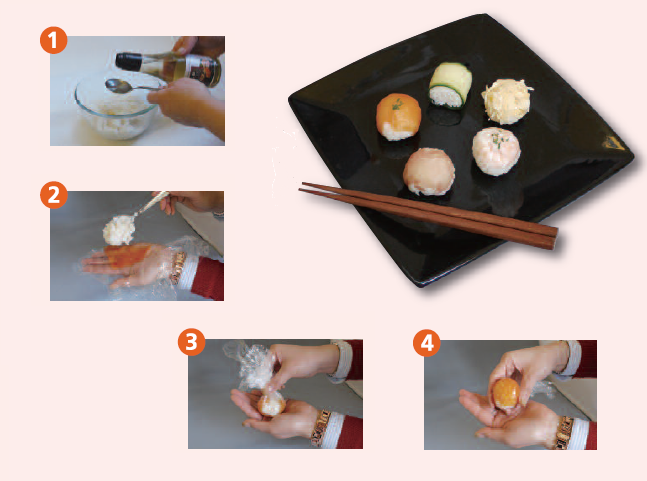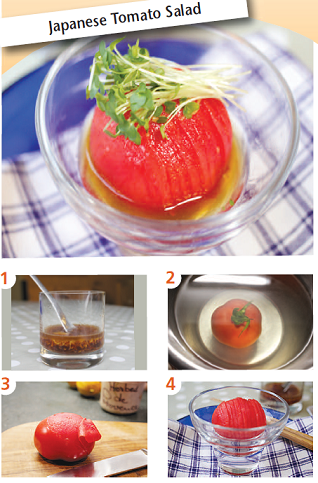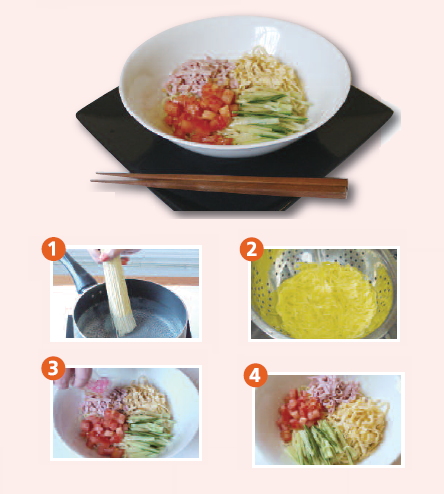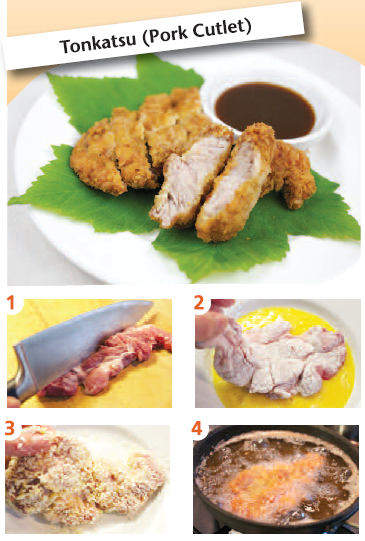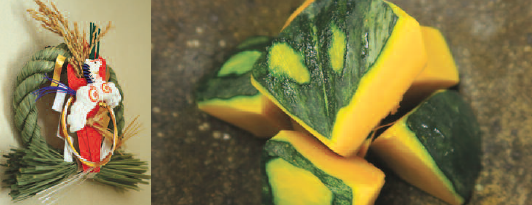
December sees the winter solstice, New Year’s Eve and seeing in the New Year itself
In December, the people of Japan are traditionally very busy preparing for the end of the year and the days get shorter and shorter, seeming to go by in no time at all. As a result, this time of year came to be referred to as “Shiwasu” (師走), literally meaning “running monks”, coming from the humorous image that even the usually calm and stoic Buddhist monks run around in a panic during this period. The days reach their shortest at the winter solstice around the 22nd of December, historically known as “touji” in Japan. One tradition that has grown up around the solstice is that of eating foods whose name ends with an “n”, as they are believed to bring good luck. Favorites include white radish (daikon), carrots (ninjin) and lotus root (renkon), but the most well-known is pumpkin (more commonly called “cabocha” but also known by the older name “nankin”). The pumpkin arrived in Japan in the 17th century via Portuguese trading ships. At the time the country did not have many vegetables that could be harvested in winter and they were highly valued for that quality. It became common belief that eating pumpkin on the winter solstice would prevent you from catching a cold, cementing them as the main vegetable on the celebratory menu. This is more than just a mere superstition however, as pumpkins contain generous amounts of vitamins and carotene that increase the body’s resistance to infection. It is soon time for New Year’s Eve on the 31st of the month and then on to the New Year itself. The Japanese have historically placed importance on marking changes between seasons, but the New Year festivities hold a special place above all others. People will be very busy at this time, writing and sending New Year’s cards, preparing special celebratory foods known as “osechi ryori” and decorating their homes and towns with decorations such as the “shimenawa” ropes symbolizing the year coming to an end. Because of all these things to do, simple meals that can be prepared quickly and easily, such as “toshikoshi soba” (literally: year passing noodles) eaten on New Year’s Eve itself, are the norm.
Japan Koinobori Association
Nagasaki Ryo
www.koinobori-nippon.jp/en
Photo: Nagasaki Ryo



